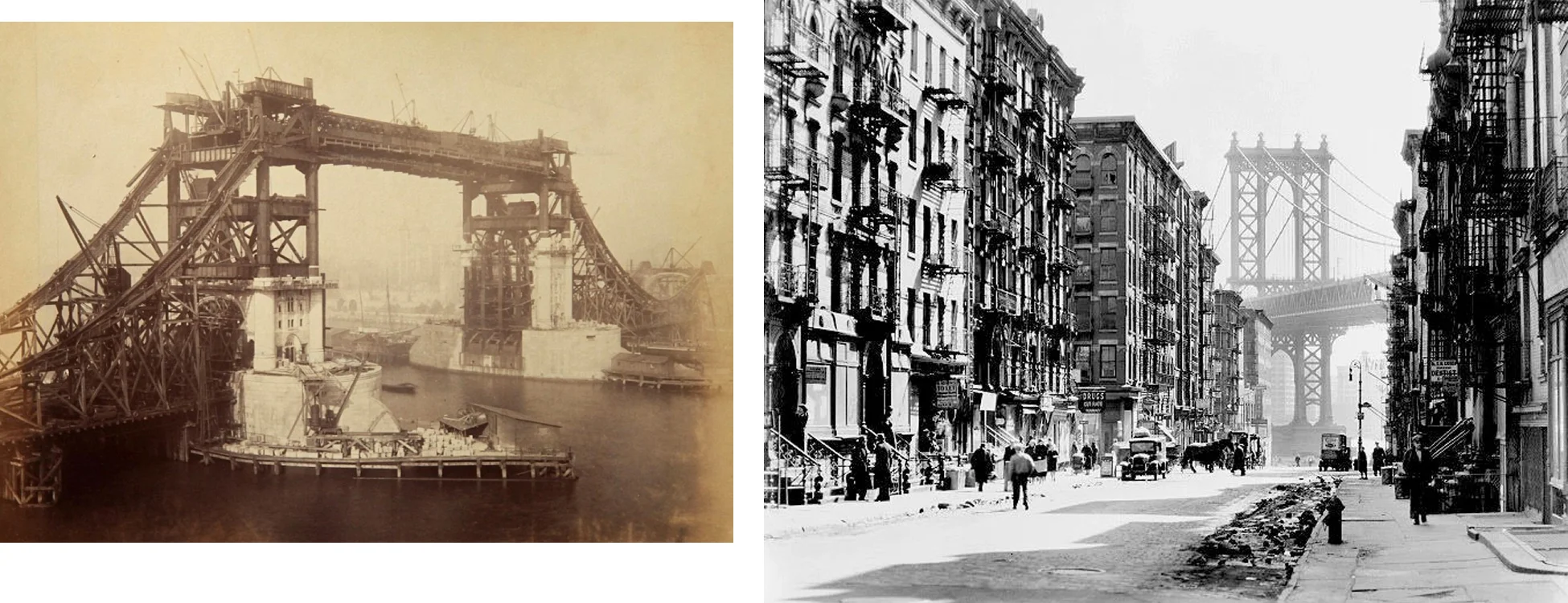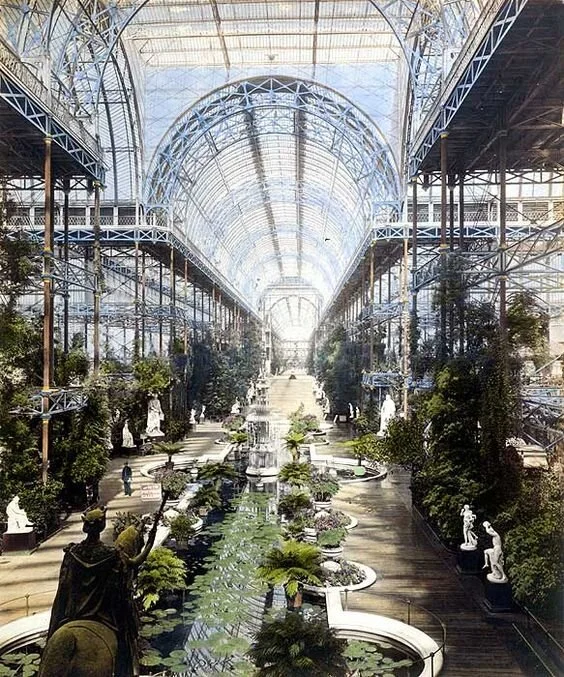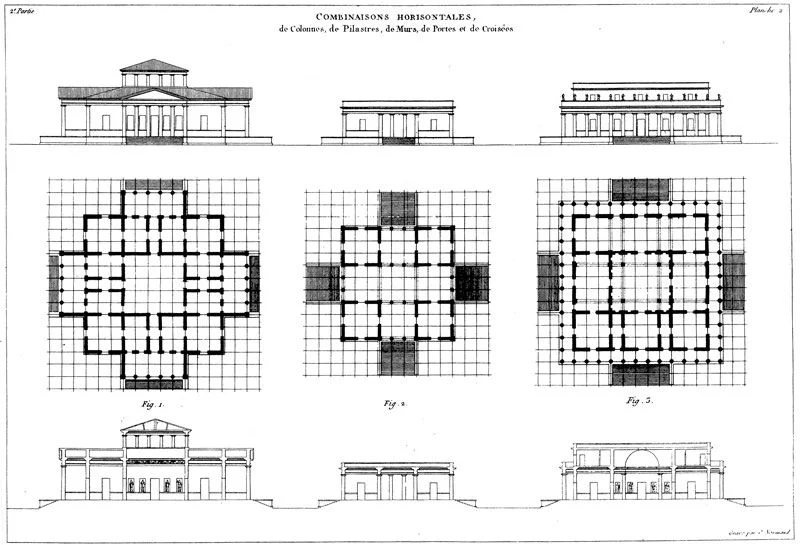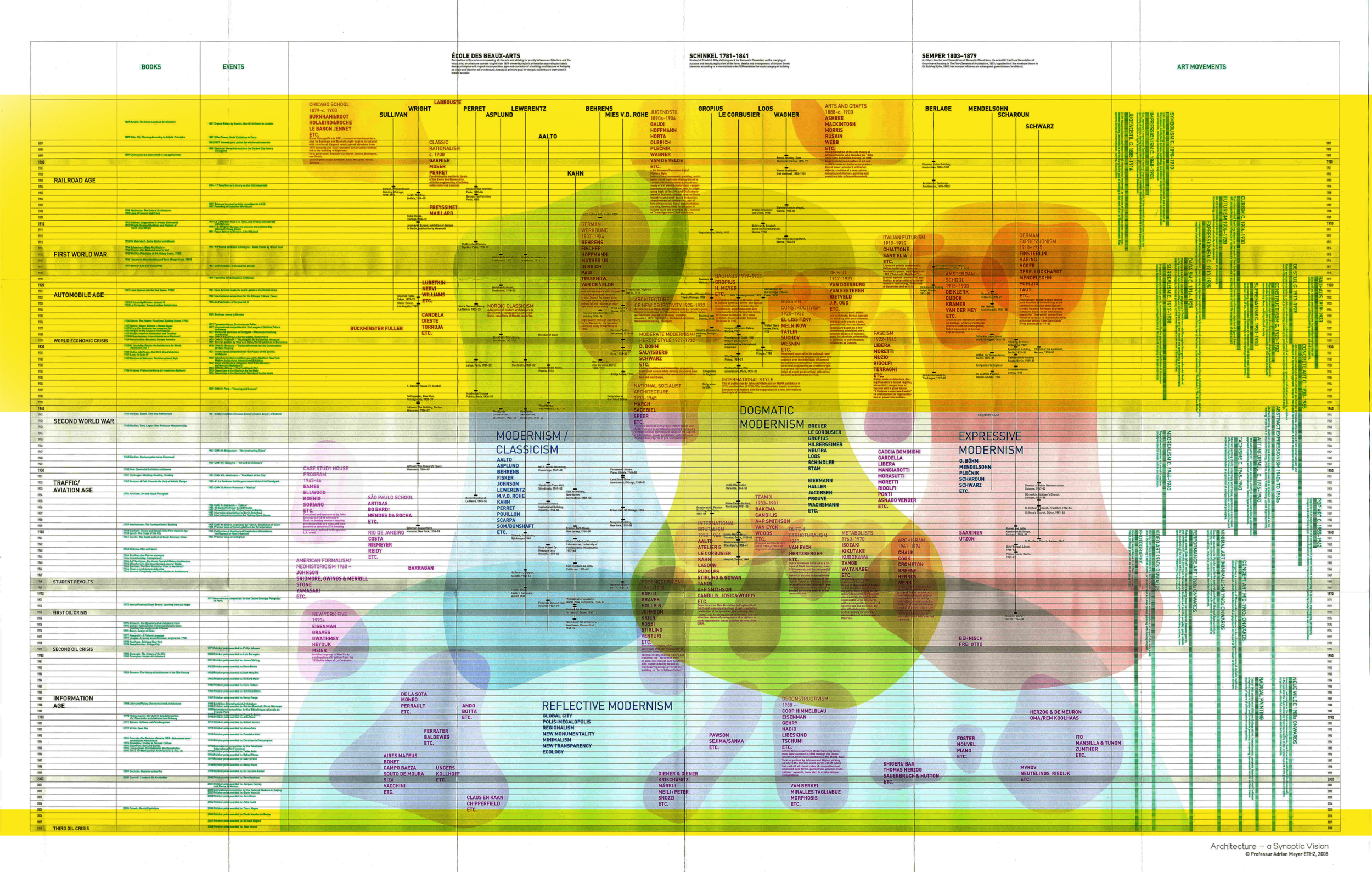Altes Museum, 1823-1830, Karl Friedrich Schinkel, Berlin’s first museum and the nucleus of the Museum Island
The Garnier Opera, also known as « Palais Garnier » ( Garnier Palace ) is situated Place de l’Opéra in the 9th arrondissement of Paris. In 1858, the construction of a definitive new theatre for the Opera was deemed a “public interest”. An architectural competition was launched in December 1860. In May 1861, after triumphing over 171 other proposals, Charles Garnier was named the winner.
Karl Friedrich Schinkel (1781 - 1841) / Ludwig Mies van der Rohe (1886 - 1969)
……………….For the Modernists, Schinkel was a clear precedent for Mies, who appeared simultaneously to evoke both Gothic and Classical under the rubric of the machine age………Schinkel’s major resurrection came with Mies’s triumphant return home, the Neue Nationalgalerie (1969) in West Berlin, which was immediately and routinely appreciated in relation to Schinkel’s Altes Museum (1822-30)……….
Crystal Palace. The structure hosted the first Universal Exhibition in 1851: a fundamental building in the history of architecture, both for its monumental scale and the technical innovations at play. However, it was not an architect who designed it, but a botanist and greenhouse builder: Joseph Paxton.
The New York City Evolution Animation.
Here Grows New York visually animates the development of this city’s street grid and environment from 1609 to the present day, using geo-referenced road network data, historic maps, and geological surveys. The resulting short film presents a series of “cartographic snapshots” of the built-up environment at intervals of every 20 to 30 years in history. This process highlights the organic spurts of growth and movement that typify New York’s and most cities’ development through time. The result is an abstract representation of urbanism.
Daniel Burnham became the director of works at the World’s Columbian Exposition of 1893 and assumed responsibility for overseeing and completing construction for some 150 buildings on more than 600 acres of land. In little more than two years, working with noted architects and designers, Burnham led a workforce that reached 10,000 men, reviewed guidelines for the many state buildings, and oversaw the fair’s infrastructure, including transportation, sewage, and clean water delivery systems.
The Great Chicago Fire had taken place October 1871. The fire destroyed more than three square miles of the city, killed over three hundred people, and left 100,000 homeless. A summer drought and the wooden construction of the densely built buildings helped the fire grow out of control. Most of the northern side of Chicago was ruined along with the city’s roads, sidewalks, and lampposts.
The Great Rebuilding occurred soon after the fire. The fire initiated many changes: strengthening of safety rules and the city’s fire department and laws that required new buildings to be made out of fireproof materials.
World’s Fairs — later defined as International Expositions — are specific types of urban events with a long tradition. World’s fairs introduce to their public a new vision displayed through images, representations and spectacles.
A genealogy of international exhibitions might begin with medieval fairs, half–religious and half–carnivalesque, a mix masterfully captured by Bruegel’s painting The Fight between Carnival and Lent (1559). Fairgrounds became in–between places and out of ordinary situations where the exchange of luxuries and exotic goods took place once or twice a year. Within fairgrounds, strangers met and set up an economic performance, acting as functions of buyers and sellers outside the ordinary social context. Medieval fairs were a temporary break of medieval city and village life tempo.
The Chicago World’s Fair marketed and shaped an imaginary of the city and of urban everyday life adequate to the new economic and social conditions of America. The exact manner by which organizers of the Fair tried to accomplish this task had a lasting effect on the content of that very imaginary, as ‘the spectacle of the city’ contributed to promote the ‘city as spectacle’.
Built for the Exposition Universelle of 1900, it is still one of the biggest glass ceiling naves in Europe.
La Galería de las Máquinas de 1889. Reflexiones histórico - estructurales
…..cuál es el lugar que ocupa el edificio dentro del desarrollo histórico de la tipología estructural de arco metálico, cuáles han sido sus antecedentes y cuál ha sido la influencia que ha tenido en edificaciones posteriores resueltas con la misma tipología estructural…..
The Uses of Daylight, Louis Curtiss, the Boley Building, and the invention of the glass curtain wall.
How the glass curtain wall was born, Architecture historians consider the Hallidie Building groundbreaking, with some calling it the most important modern building in San Francisco































































































